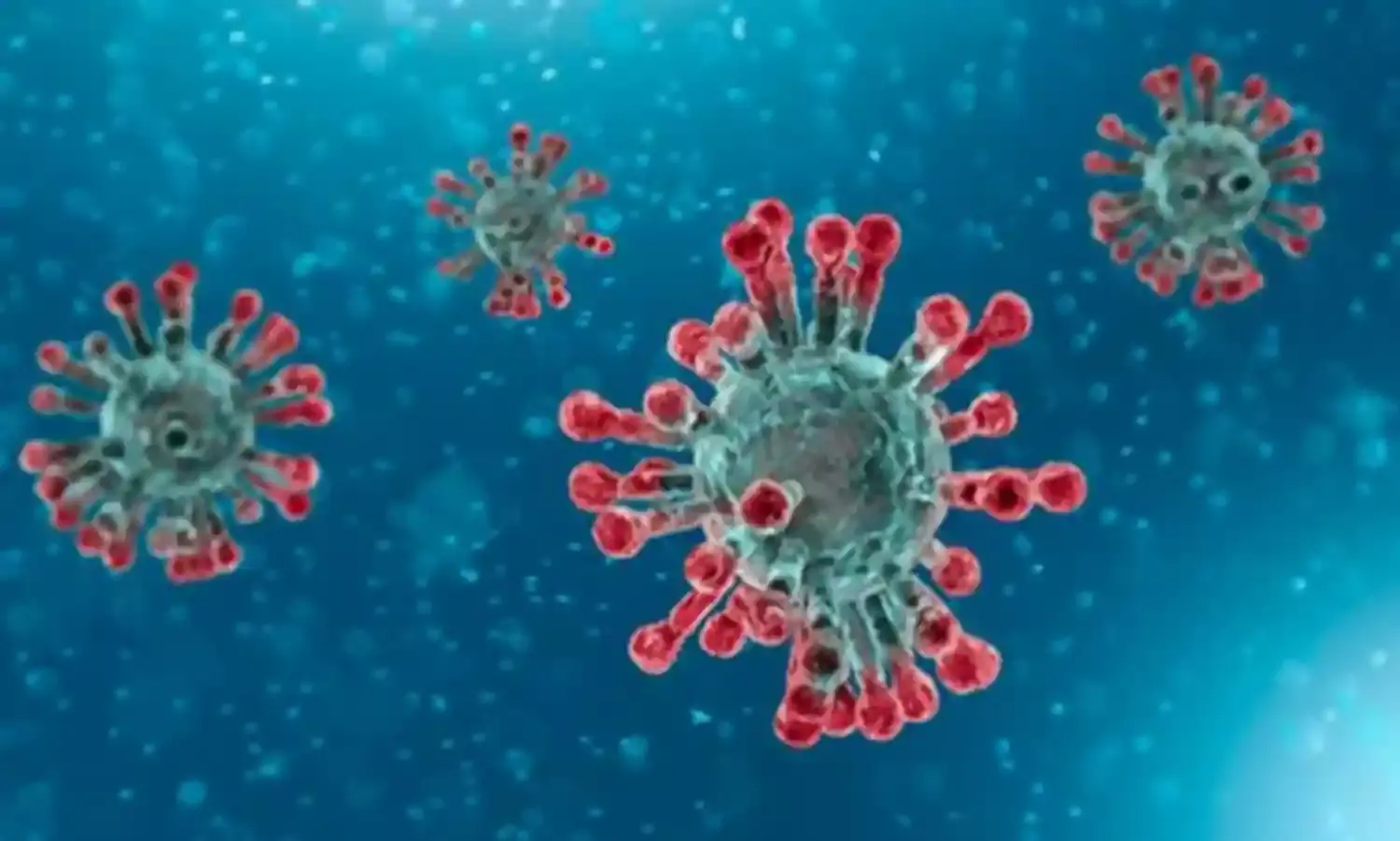This Coronavirus Wasn’t Made in a Lab—But Was it Leaked?
‘The slowest most infuriating bioweapons program in history’

NEW DELHI: Because the first known cases of coronavirus disease 2019 were recorded in the vicinity of the Huanan Seafood Market in Wuhan, just a short hop from the Wuhan Institute of Virology, it has been suggested that the new coronavirus may have been engineered as a bioweapon.
A paper published in Nature Medicine on March 17 debunks those whispers. “Our analyses clearly show that SARS-CoV-2 is not a laboratory construct or a purposefully manipulated virus,” write the researchers led by Kristian Andersen of the Scripps Research Institute in California.
Like other studies published in the past few weeks, the paper makes the argument from comparative analyses of the virus’ genome.
The crown or corona of ‘spike proteins’ protruding from the new coronavirus is known to be especially good at binding to receptors found on the membranes of cells in the human heart, lungs, arteries, kidney and intestines. (They are also good at doing this in ferrets, cats and other species.)
The researchers say that this improved ability is unlikely to have been the result of ‘purposeful manipulation’, and most likely resulted from natural selection.
If it had been engineered, this virus would likely have emerged ‘through laboratory manipulation of a related SARS-CoV-like coronavirus’. This is improbable, the researchers say.
This is because the new coronavirus does indeed bind with ‘high affinity’ to certain receptors on the outside of our cells—but the mutations that enable it to do so are different from mutations that were predicted to increase receptor-binding affinity in earlier computational analyses of the SARS coronavirus discovered in 2003.
Compared with previously known coronaviruses, SARS-CoV-2 has a novel and imperfect mechanism for attaching itself to humans.
Another argument for naturalness has to do with ‘cleavage sites’ found on each of the virus’s spike proteins. Spikes on the new coronavirus contain cleavage sites that are poly-basic, meaning they can be cut by several kinds of enzymes. This can improve a virus’s ability to penetrate host cells, reproduce, set in as an infection, and spread from host to host.
The formation of such cleavage sites has been observed in the ‘natural’ world of agribusiness: “In avian influenza viruses, rapid replication and transmission in highly dense chicken populations selects for the acquisition of polybasic cleavage sites in the hemagglutinin protein, which serves a function similar to that of the coronavirus spike protein.”
It is not known whether the polybasic cleavage sites in SARS-CoV-2 do in fact contribute to its added oomph. But the researchers observe that while such sites do exist naturally, they are not known in any of the related betacoronaviruses that would likely have been the source material for any virus fashioned in the lab.
“If genetic manipulation had been performed,” they write, “one of the several reverse-genetic systems available for betacoronaviruses would probably have been used. However, the genetic data irrefutably show that SARS-CoV-2 is not derived from any previously used virus backbone.”
Instead they consider it far more likely that the virus evolved naturally, either in another species before making the jump to humans, or by infecting humans first and then evolving further.
“It is possible that a progenitor of SARS-CoV-2 jumped into humans, acquiring the genomic features described above through adaptation during undetected human-to-human transmission.
“Once acquired, these adaptations would enable the pandemic to take off and produce a sufficiently large cluster of cases to trigger the surveillance system that detected it,” they write.
Could shady scientists have simply hung around in a lab, waiting for a contagious, lethal virus to develop, and then leaked it deliberately?
The Citizen asked Sukrit Silas, Damon Runyon fellow at the University of California in San Francisco and a biogeneticist who helped develop CRISPR genome editing technology, which makes use of gene-cutting proteins found in the antiviral defence systems of certain bacteria.
“No, that would be the slowest most infuriating bioweapons program in history,” he says.
“It wouldn’t be apparent that the two ‘innovations’ of this virus —the polyQ tract in the spike protein and the mutations in the receptor binding domain— would actually make it a successful virus without lots of testing. And those would not have been the mutations we would have tried first. And those mutations are known to exist in the natural viruses this presumably derives from,” he explains.
“Finally, this virus has none of the genetic scars that would have been left behind if it was engineered.”
According to Silas, “Someone would have had to have come up with a completely new way of engineering coronaviruses, tested a lot of receptor binding domain mutants— and then had to wait, until one they knew would work showed up in a natural dataset to throw off an analysis like this one!”
“It would have to be a determined and sophisticated adversary, well funded despite very little chance of eventual success.”
They would have had to experiment “For like, decades” he concludes.
“Almost everyone would have started [engineering it] with the flu [viruses]. Except perhaps China, but then why deploy it on yourself first?
“Anyway, once the right natural virus shows up, it doesn’t really need any help leaking…”



